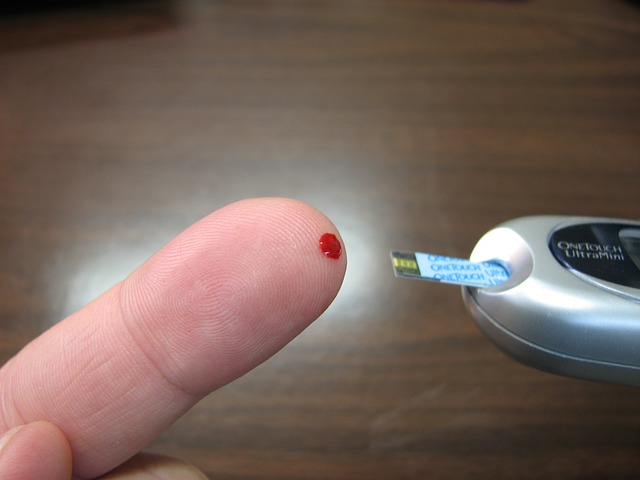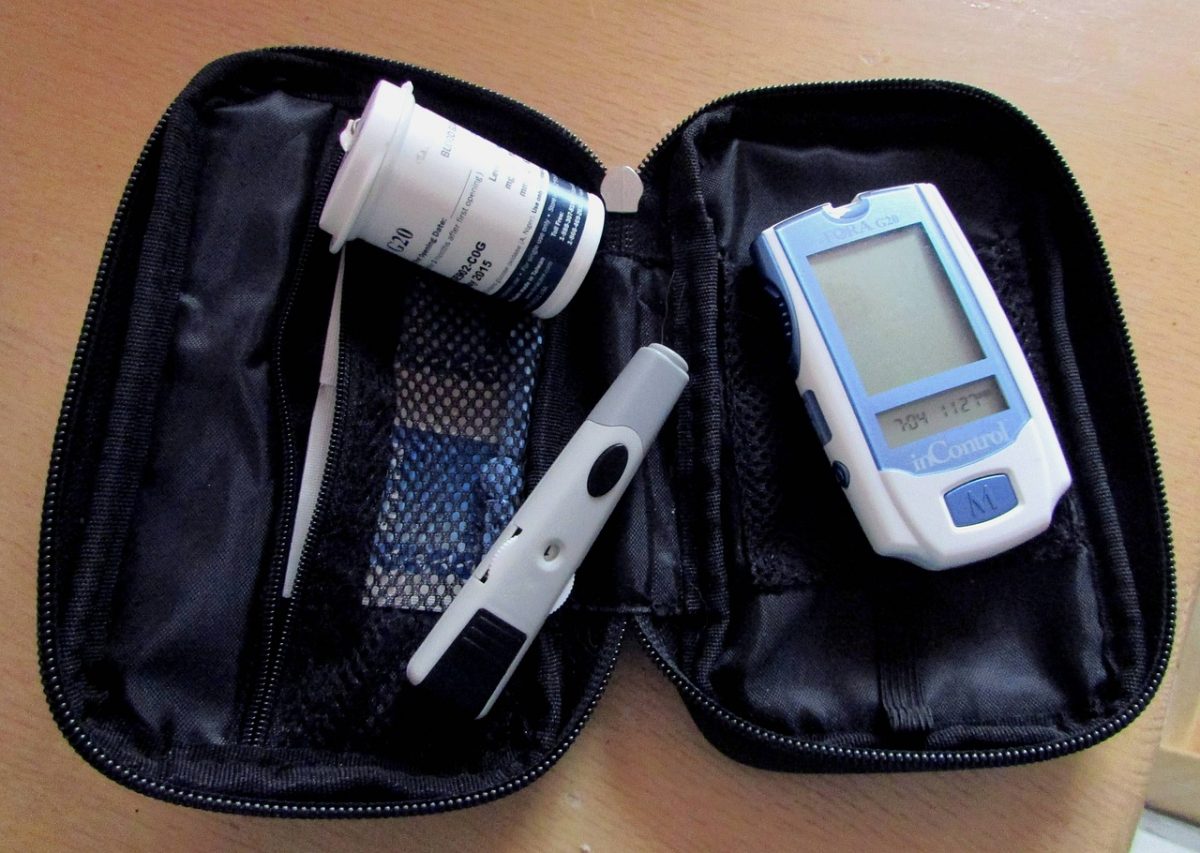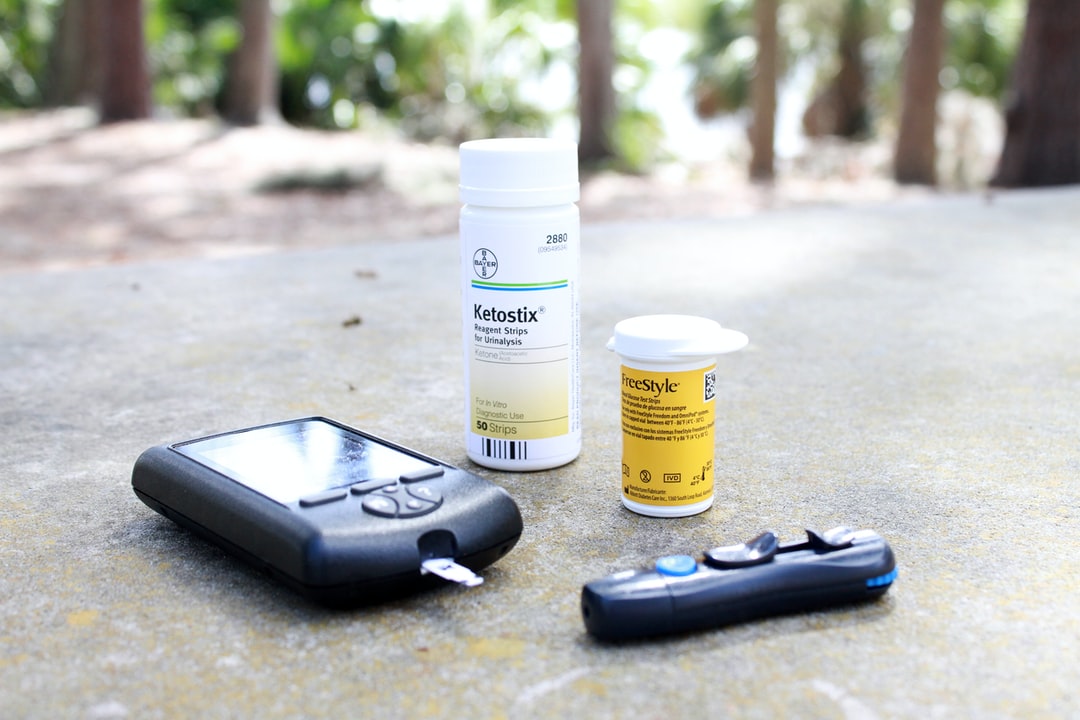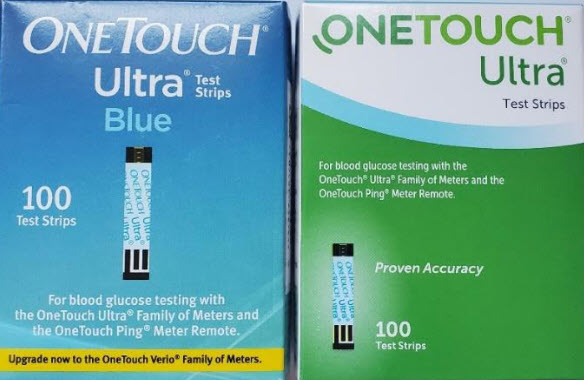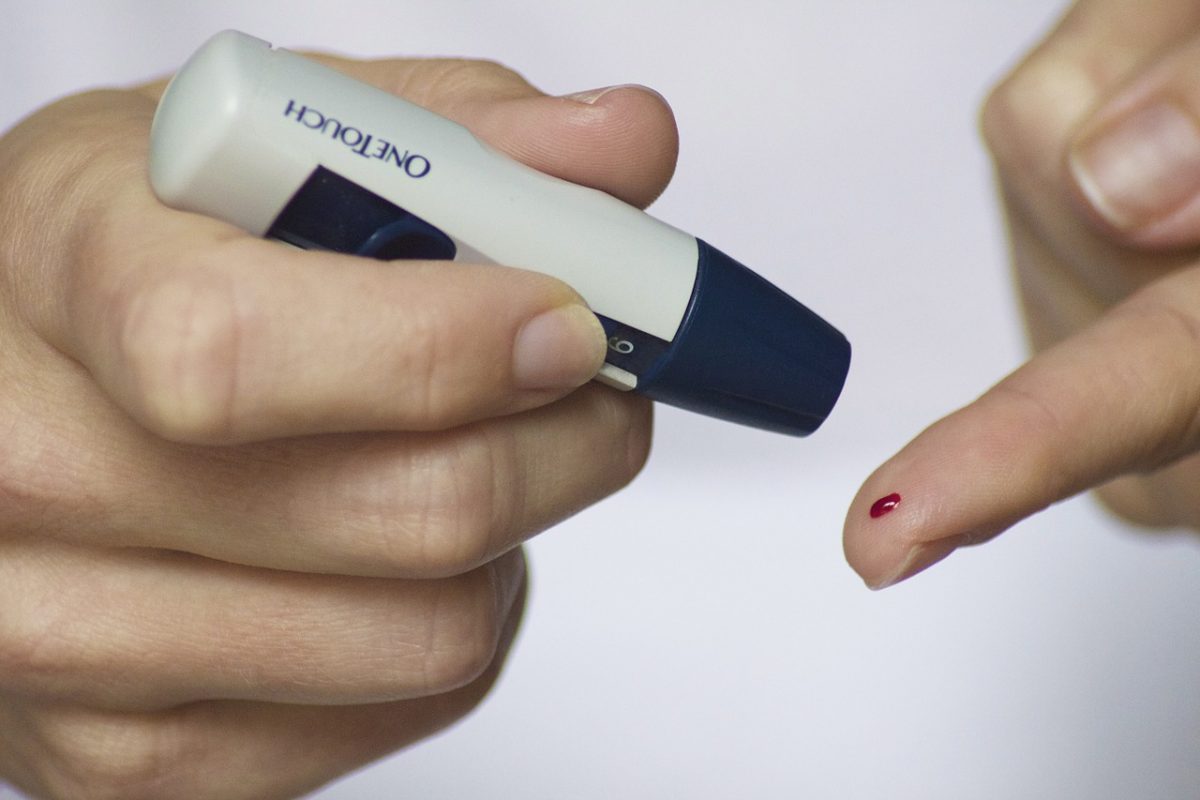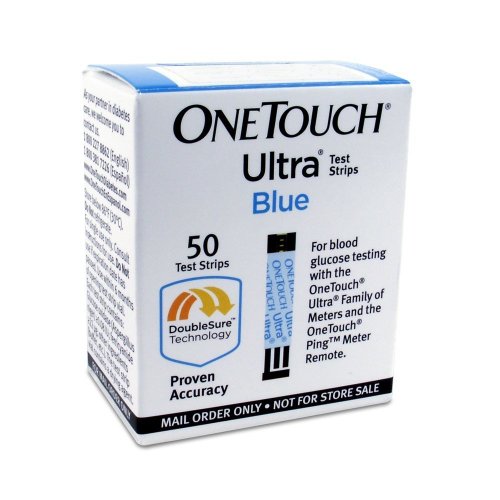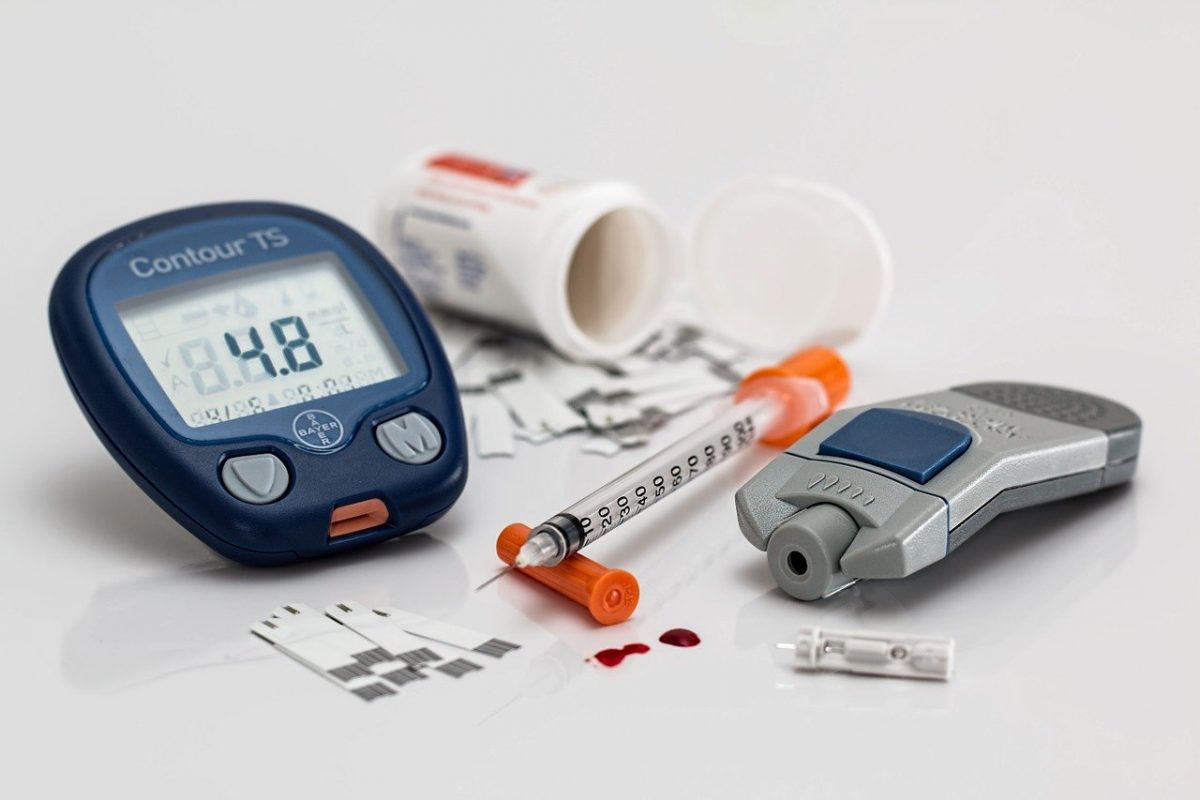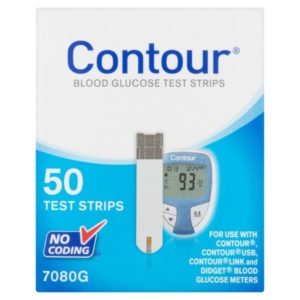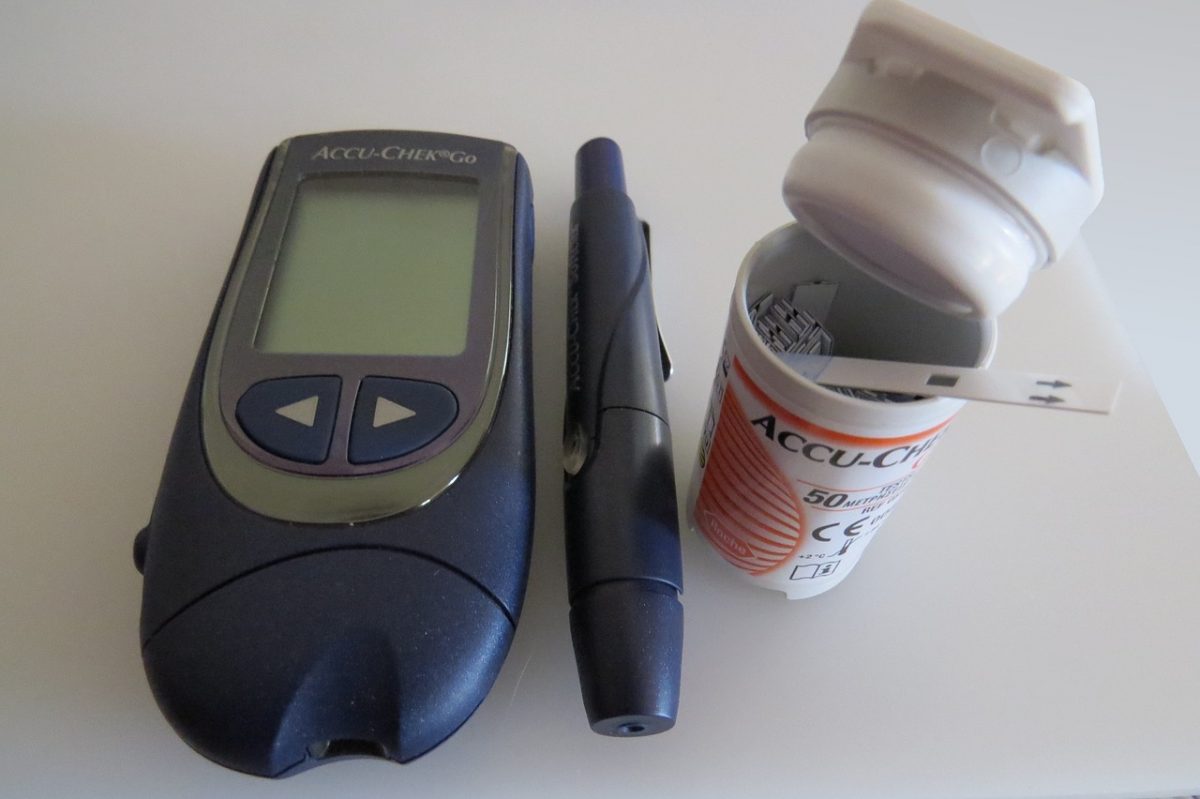People with diabetes know the importance of diabetic test strips. For those unfamiliar with diabetes, be aware that test strips save lives. They tell individuals the levels of glucose (sugar) in their blood so they can administer the correct amount of insulin.
Diabetes is a disease that’s been known since ancient Egypt. Until the introduction of insulin in 1922, diabetes was typically a death sentence and resulted in an untold number of premature deaths. The first test strip was developed in 1965 and was worlds away from those of the modern era. The first glucose monitor for home use was introduced in the 1970s, but accuracy and precision was lacking.
People with diabetes rely on test strips and accompanying glucose meters to measure the amount of glucose in their blood. Individuals with diabetes can then adjust their diet or insulin amounts accordingly to compensate. Diabetes occurs when the body produces no insulin or insufficient insulin. If insulin levels are too high or too low, both situations are equally damaging and dangerous for diabetics.
Being able to test regularly is essential. Glucose is the body’s fuel and primary energy source. When glucose levels drop too low, the body begins to burn fat to fuel itself resulting in a very serious condition called diabetic ketoacidosis. As the condition worsens, individuals may have seizures and will eventually lose consciousness. A variety of medications can exacerbate the problem.
When blood glucose levels are too high, insulin must be administered to bring the levels down. Test strips are the way diabetics monitor and manage the disease. Glucose levels that are too high take a severe toll on the body over time, damaging blood vessels, vital organs, and creating nerve damage. It also increases the risk of heart disease.
Diabetic test strips may seem like a trivial matter to many, but for people with diabetes, it enables them to live longer, healthier lives. Test strips are a critical tool for managing glucose levels every day of the year to save lives.
If you would like to find out about earning cash for your unwanted, unused and boxed test strips, complete our online quote form today.
If you have extra, unopened and unused boxes of diabetic test strips – whether you have switched brands, no longer need to test or test less frequently, or have a loved one who has passed away – don’t let them gather dust until they’ve expired and end up in the trash. We’re the best place to sell diabetic test strips online, and if you want to sell your test strips, we’re here to make the process easy and enjoyable!
Visit us at Sell Your Test Strips and get your free quote today!
Like us on Facebook

